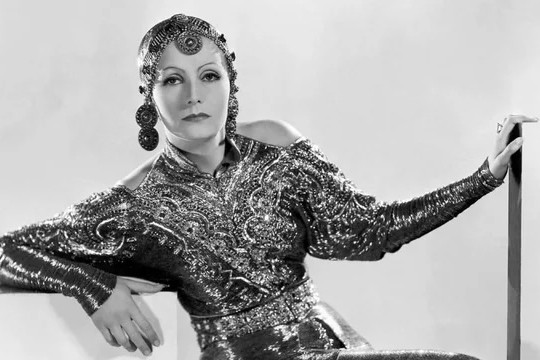
The truth about my great-aunt Greta Garbo — and why she stopped making films
14th May, 2025
The truth about my great-aunt Greta Garbo — and why she stopped making films
14th May, 2025
The Times
As a new movie explores the star’s love affairs, loneliness and screen scandals, her relative and biographer explains why we’ve got her wrong.
Scott Reisfield knew her as Kata, the playful Swedish great-aunt who taught him how to cartwheel and let him wage war between his plastic figures and her hand-carved wooden trolls. Later he learnt that she was an actress, but it was not until he was at college that he realised she had once been perhaps the most famous woman in the world.
Greta Garbo, the subject of a captivating Sky TV documentary, Garbo: Where Did You Go?, was one of the best-paid performers in Hollywood for much of the Twenties and Thirties — and probably the most worshipped. In 1930 she received 3,000 letters a day, compared with 800 sent to the American president Herbert Hoover.
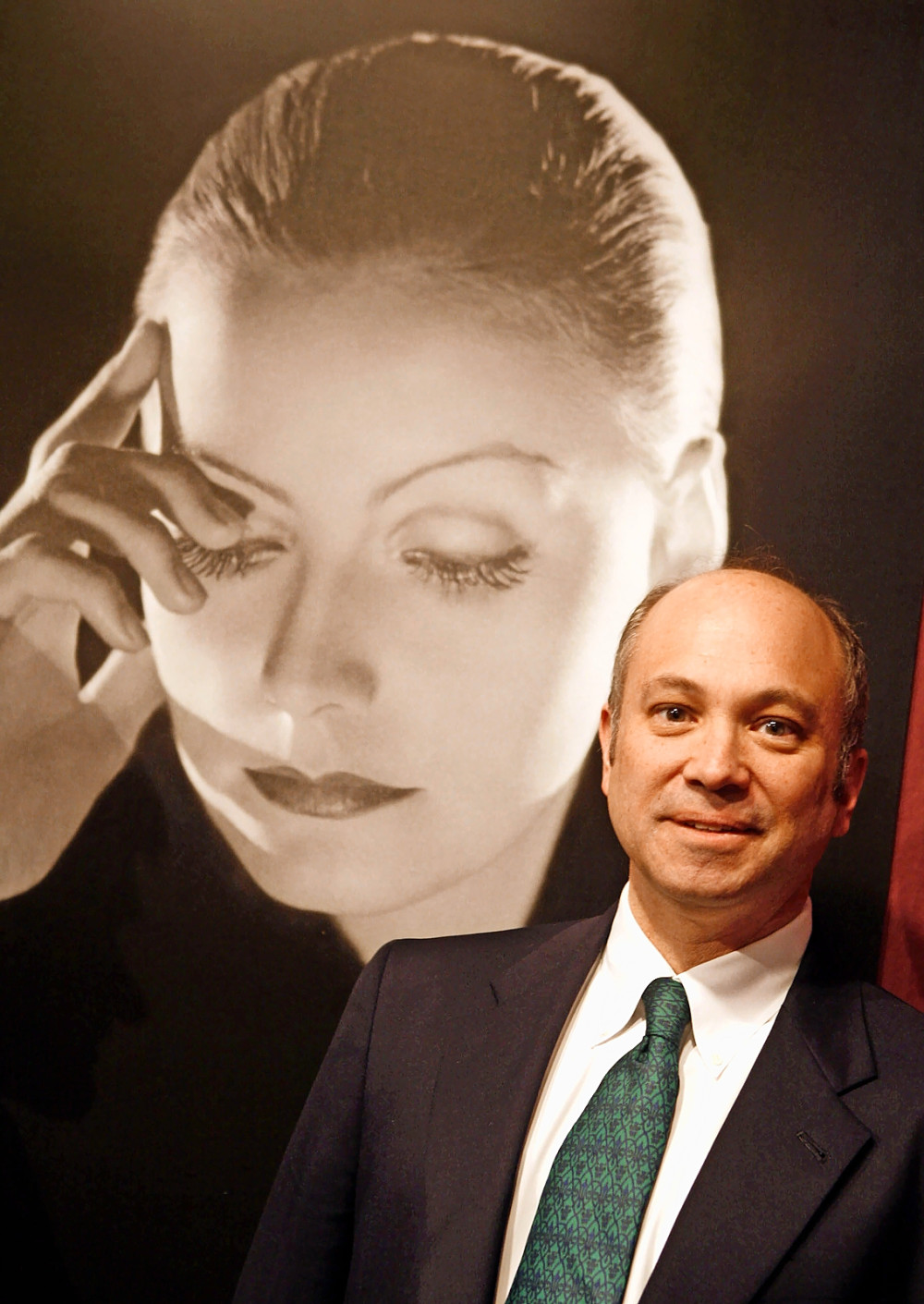
Yet, says Reisfield, an erudite contributor to Lorna Tucker’s film, “nobody watches her films right now and so many people associate her with that simplistic meme”. You know the one, even if you know nothing else about Garbo: “I want to be alone.” She first uttered the line in Grand Hotel in 1932, having successfully transitioned from silent films to talkies, and she riffed on it many times after that. Garbo has even given her name to a syndrome: “a state where celebrated stars lose the meaning of life and shut themselves in.” However, while she did withdraw in her later years — more on that later — she should be celebrated for other things, says Reisfield, who is writing a second book about her.
First, he says, “she totally transformed Hollywood acting. She was a different type of actor, more naturalistic — that’s how she was trained [as a stage actress in her native Sweden]”. Second, Garbo — born Greta Gustafsson — “really resonated with women as a complex and layered person whom they could imagine having as a friend. She may have been important to the self-formation of your grandmother, or your great-grandmother.”
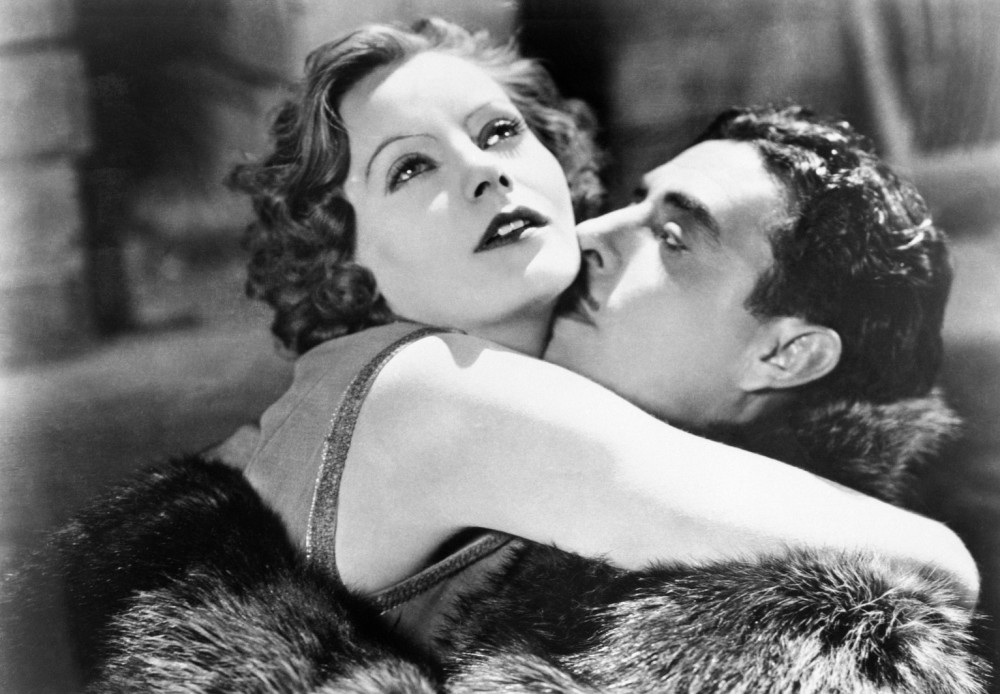
“Most single middle-class women in the Twenties and Thirties were clerks — a new profession that hadn’t existed — and that’s who was going to Garbo films,” Reisfield says. These women no longer had to be “Victorian pure. They chose their own sexuality, went on dates, made mistakes. They were not emancipated but they allowed themselves to have self-worth.” Fans were fascinated by her romance with the silent star John Gilbert — the love of her life, many believe. When they appeared together in the silent film Flesh and the Devil (1926), legend has it their love scenes were so intense they didn’t hear the director shout, “Cut!”
The final part of Garbo’s legacy was her fight against censorship, which was at its height in America between the mid-Thirties and the late Fifties, when the content of films was rigidly enforced by the Hays Code. She got away with kissing a woman and disguising herself as a man in Queen Christina (1933), but Mata Hari (1931), her biggest hit, was censored on its rerelease in 1938 for featuring Garbo dancing erotically and wearing a see-through negligee.
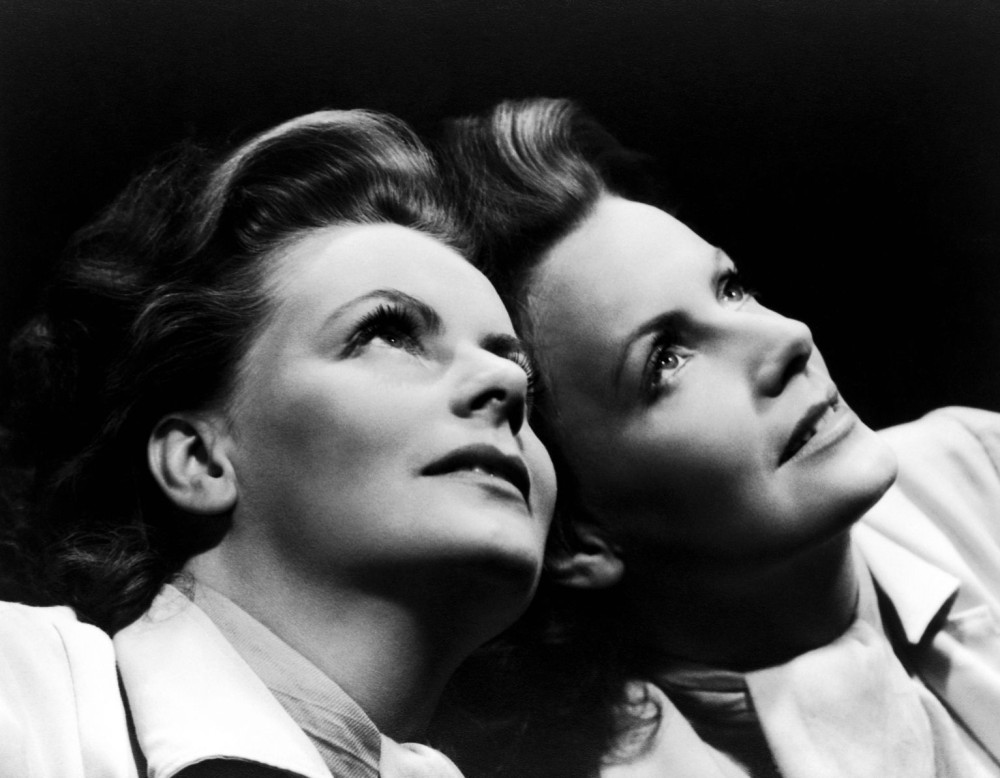
It got worse. George Cukor’s Two-Faced Woman (1941), in which she played a woman who pretends to be her fictitious twin sister in order to recapture her estranged husband, was condemned by the National Legion of Decency, a Catholic group, for an “immoral and un-Christian attitude toward marriage” and banned in several cities. “It is almost as shocking as seeing your mother drunk,” one critic sneered. Released when she was just 36, it was her last film.
“From Queen Christina on her films are central to censorship in America and that often gets missed,” Reisfield says. “It’s also the reason she didn’t make films after 1941.”
The film quotes Garbo: “I was tired of Hollywood. I did not get any good ideas for films.”
It wasn’t for want of trying. Among the projects that failed to get off the ground was The Miracle, an adaptation of the German play of 1911 about a wayward nun. “In 1955 that was no longer acceptable,” Reisfield says. He is certain that censorship — not press intrusion, as much she hated that — persuaded Garbo to retire.
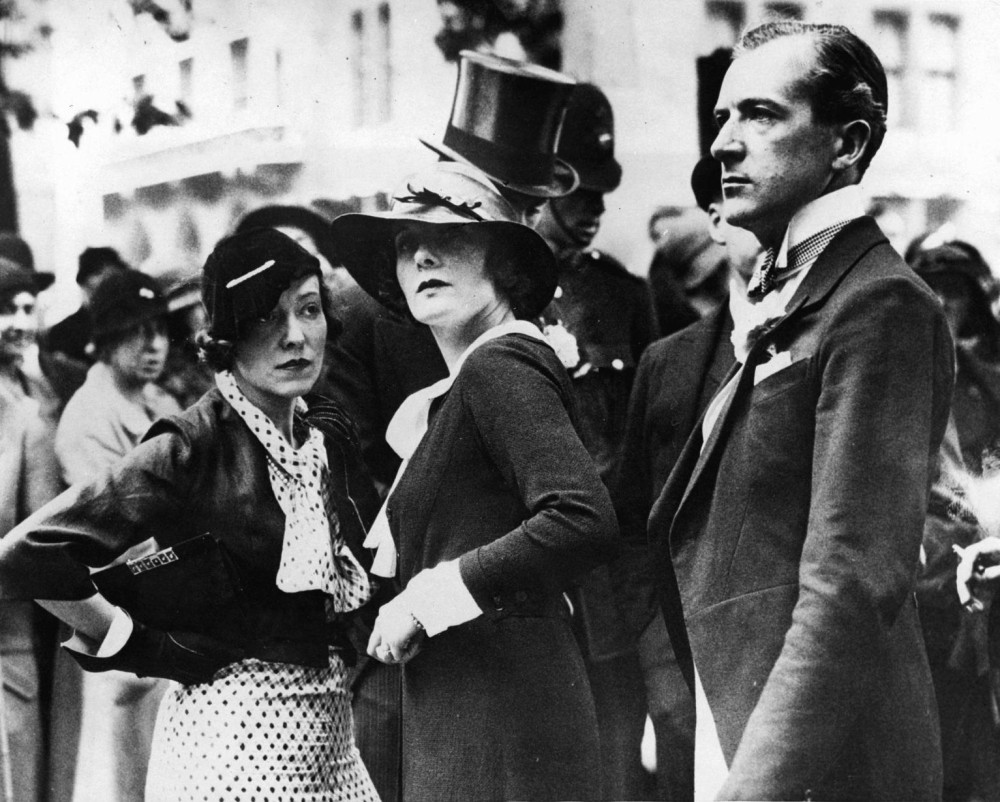
Garbo, centre, with Adele Astaire and Cecil Beaton at a wedding in 1933ALAMY
Yet she remained sociable and hedonistic, with friends such as Charlie Chaplin, John F Kennedy and the photographer Cecil Beaton and rumoured lovers including Beaton, the writer Erich Maria Remarque and the actresses Marlene Dietrich and Tallulah Bankhead. Garbo, who never married, moved to New York in the Fifties and stayed there until her death in 1990 at the age of 84.
“There was this narrative that she was a hermit — she wasn’t,” says Tucker, the director of the film. Well, she wasn’t a hermit at first. As a fixated press pursued her friends for stories, “she would have to cut these people out of her life, so by the end she was alone”.
“What a way to spend the best years of my life,” Garbo told Beaton in 1948. “Always alone. I was so stupid not to partake more. Now I’m just a gypsy living a life apart.”
That life had started in poverty in Stockholm, the daughter of a labourer and a factory worker. Garbo’s talent was recognised when she appeared in a promotional film while working at a department store, although she cut a less elegant figure in those days. In the documentary Orson Welles gallantly remembers seeing her in a bread advert: “There was this great galumphing Swedish cow, nothing to show you you were looking at the most divine creature who would ever be on the screen. And two years later she was Greta Garbo.”
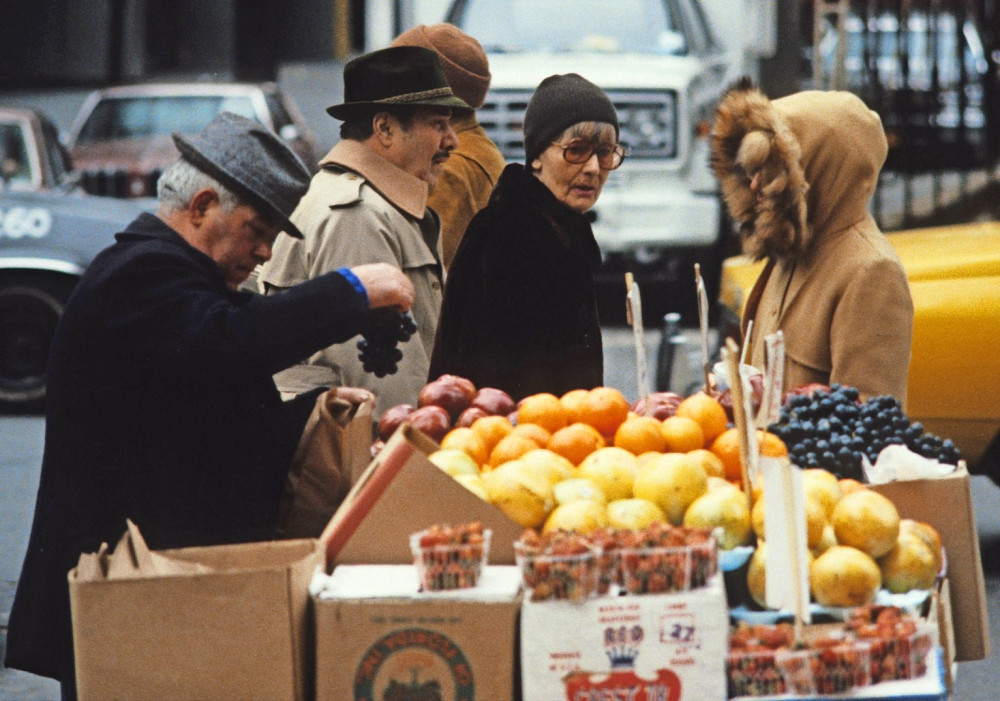
Hollywood swallowed her up in 1925 but the rest of the family stayed in Sweden until war broke out in 1939, when they followed her to America. The sister of Reisfield’s grandfather Sven, Garbo was “like an extra grandparent, a fascinating person who kept things fun”, Reisfield says. “She liked engaging with people and there were topics where you would be surprised at the depth of her knowledge — the New York water system, Irish poetry.”
The fact that he at first had no idea she was a movie star was a boon, Reisfield says. “It helps no end to establish a relationship with a famous person without knowing they’re famous.” The penny well and truly dropped when he was at college in the Seventies. “There was a People magazine article where my mum [Garbo’s niece] was on holiday with Garbo in the Caribbean. This guy sits down next to me in class and says, ‘I saw your mom in People magazine.’ That’s when I began to realise how interested other people were.”
Although Reisfield remembers being introduced to the French singer Maurice Chevalier, Garbo generally did not let her family and celebrity friends meet. “Someone said she used to keep people in separate cells like communist spies,” Reisfield says. “I think she was doing it to protect us from the whole celebrity circus. There was the Lindbergh kidnapping [of the aviator’s 20-month-old son in 1932], an extortion plot with Marlene Dietrich. Garbo had stalkers, people who arrived in LA because they wanted to marry her.”
Now the buzz around her has died down. “Nobody knows who she is,” Tucker says. “She is slowly disappearing into a portrait that people have on their mood boards.” Maybe Tucker’s film will change that, even if the real Garbo will always be elusive. “People put their own wants on to her — gay, straight, lonely, always partying. I’d just like to have a drink with her. She seems like a funny egg.”Garbo: Where Did You Go? is on Sky Arts, Freeview and Now on May 14
